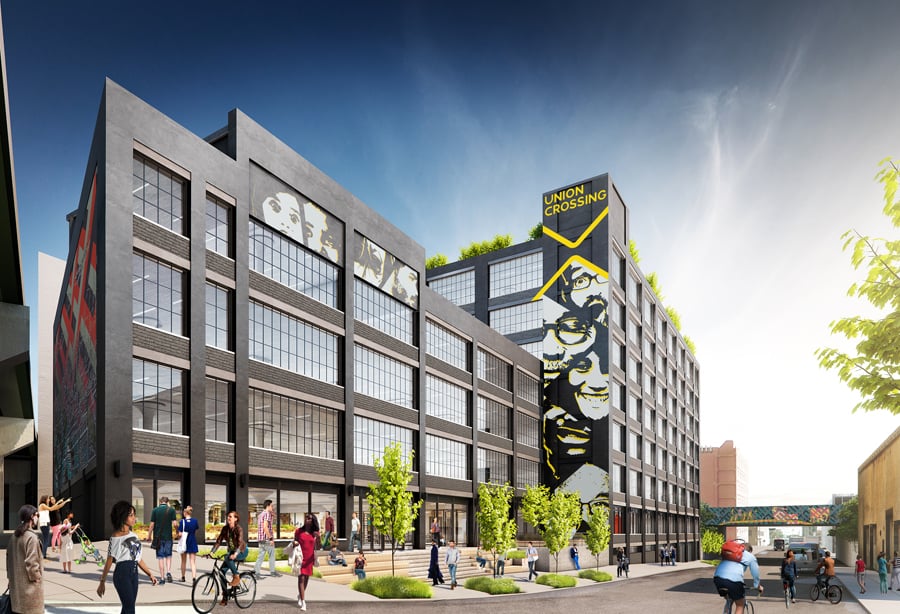
November 9, 2023
How Do We Design for Work/Life Balance?

Rajagopal posed a question to Wahab: “Gretchen, as a workplace strategist navigating workplace design at this moment, what are some of the things you’re seeking answers to?” Wahab responded: “You’ve got the intersection of people, place, and policy. The more we can engage research from the very early conversations with clients and identify key objectives and outcomes we want to measure, we can create a baseline of where they are today in their work environment, and then we measure the outcomes of a designed environment.”
Sanborn piped in: “I think it’s a really ripe time for new research questions. I don’t think the dust has settled, but as a researcher I’m the kind of guy who thinks the dust never really settles. There’s always something next. We are going to be working and living in slightly more volatile ecosystems for a while.”
He had two notes of caution: One, that in the workplace research business there is always the danger of “survey fatigue,” wearing out employees with endless questions about their workplace and hybrid preferences. “People have simply received an unprecedented avalanche of surveys from their employers.” Secondly, be mindful of marginalized groups who may not be as willing to share their opinions in group sessions. “I think it’s always important to have some loose time after a focus group. There are people who may express privately what they are not comfortable speaking publicly.”
As the conversation winded down, Rajagopal synopsized it by saying: “Make sure you know what your research goals are and figure out what it is you want to learn. Secondly, reframe your relationship with the people you’re doing research with. What we’re getting for all this is people being happier, healthier, and more comfortable.”
Would you like to comment on this article? Send your thoughts to: [email protected]
- No tags selected
Related
Viewpoints
What is the Role of Sustainability in Public Sector Design?
A recent METROPOLIS Think Tank hosted by HMC Architects evaluates the role of sustainability and equity in civic projects.
Viewpoints
Are Amenities the Key to Work-Life Balance?
At a Think Tank event earlier this year, workplace experts discussed the changing face of amenities and whether people’s work experience has improved.
Viewpoints
Sensors, Privacy, Data, and the High-Tech Workplace
A Think Tank panel discussion hosted at AECOM’s office in Los Angeles mulled over the consequences of building integrated data capture and analytics.





